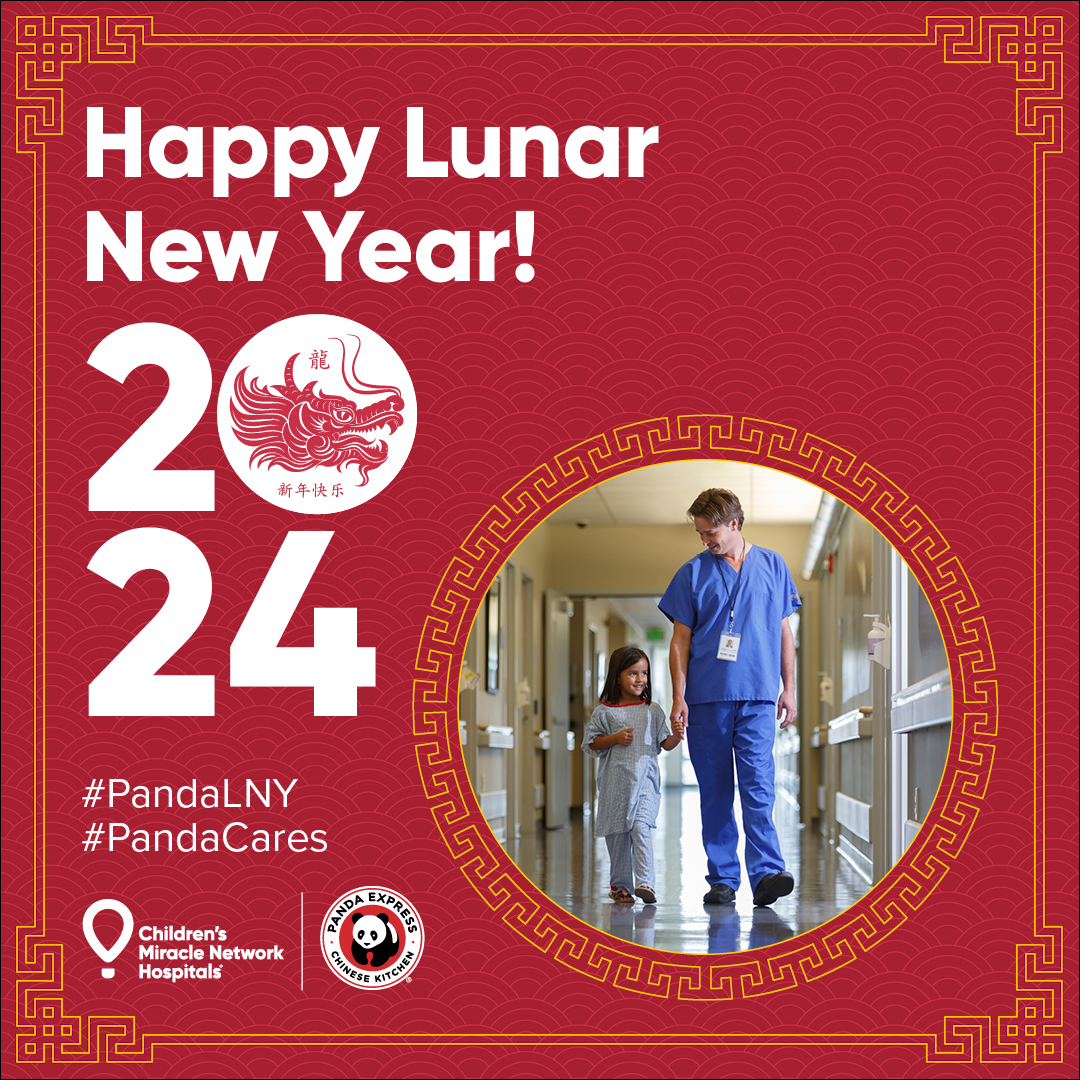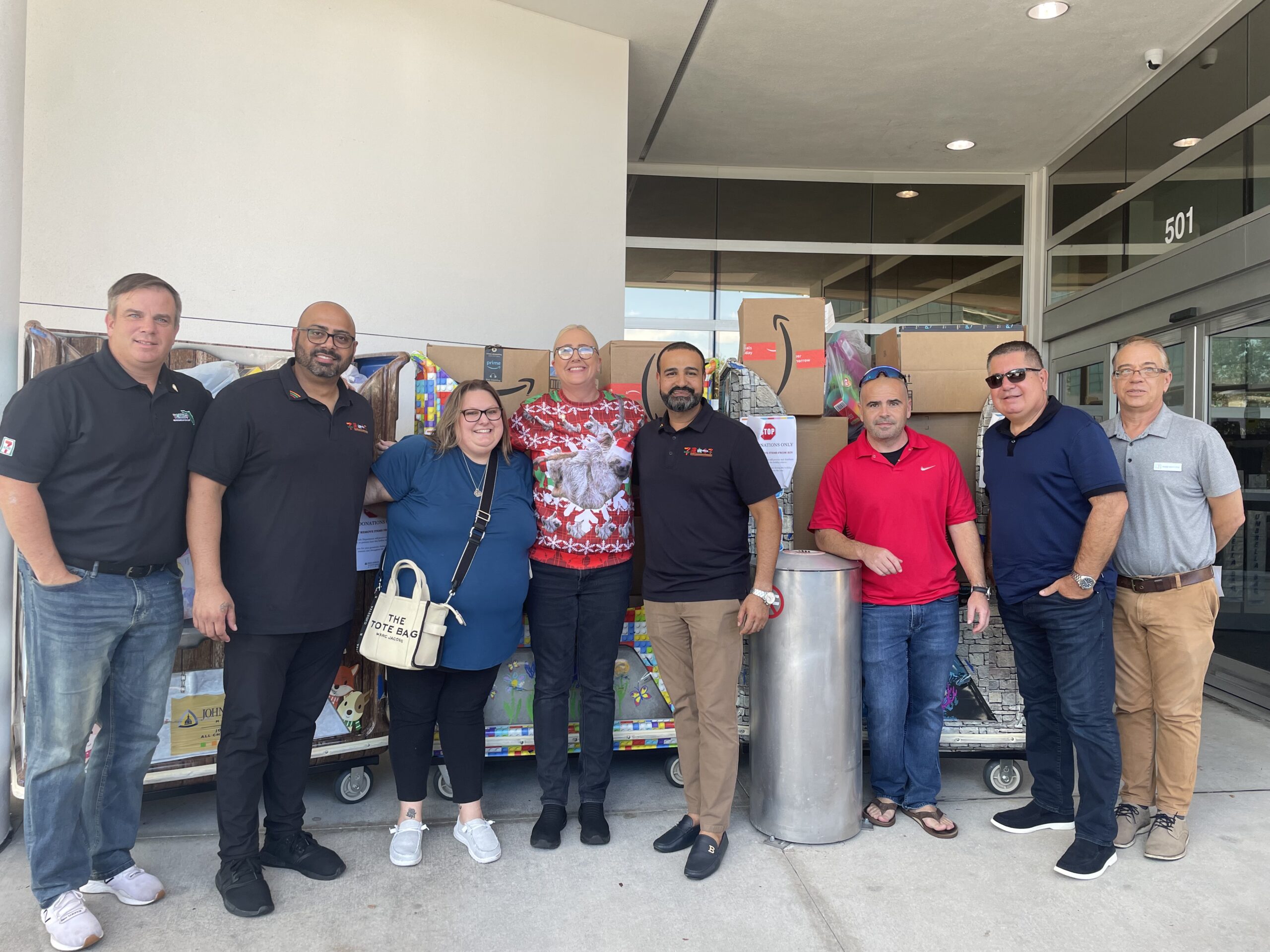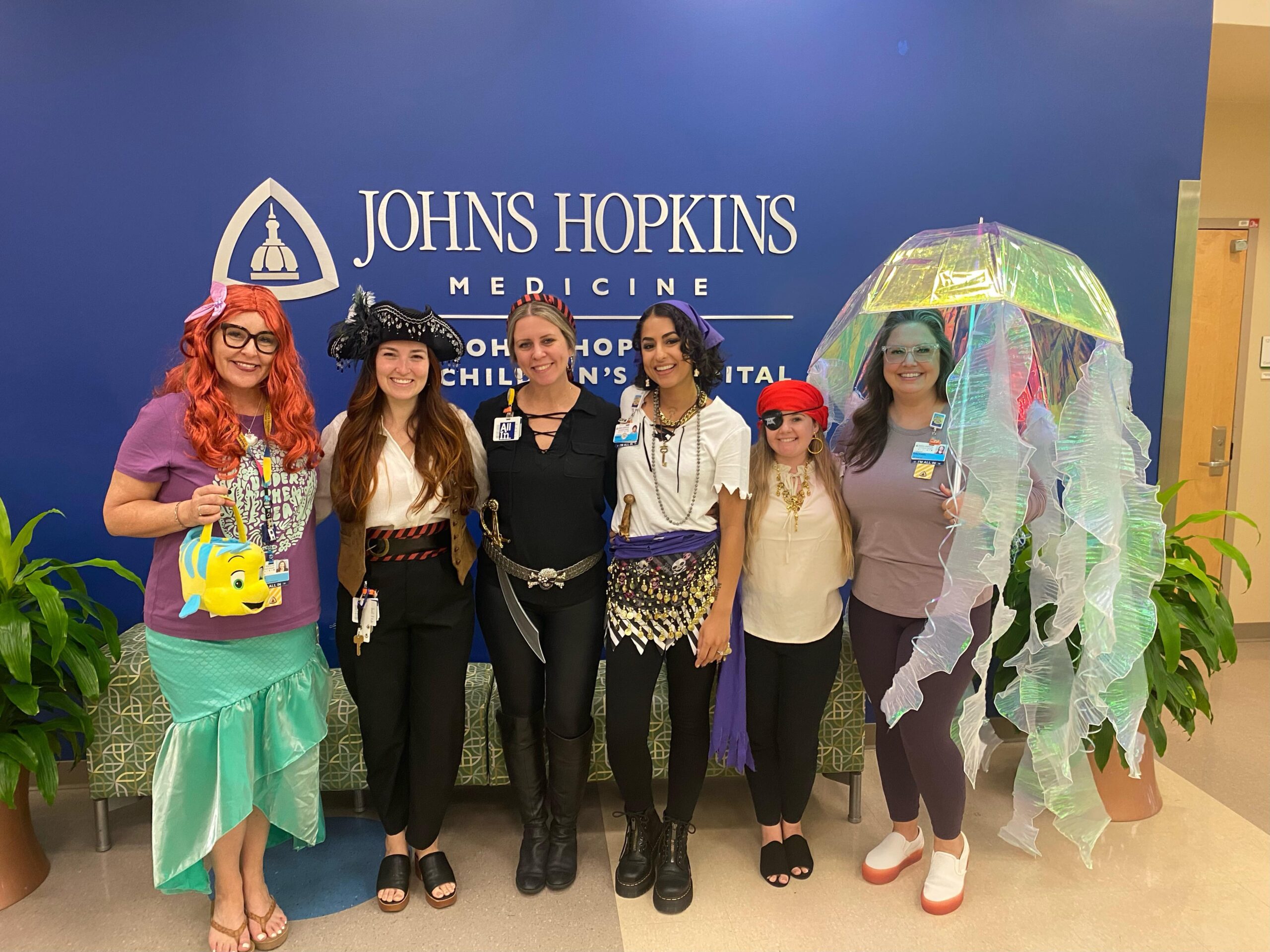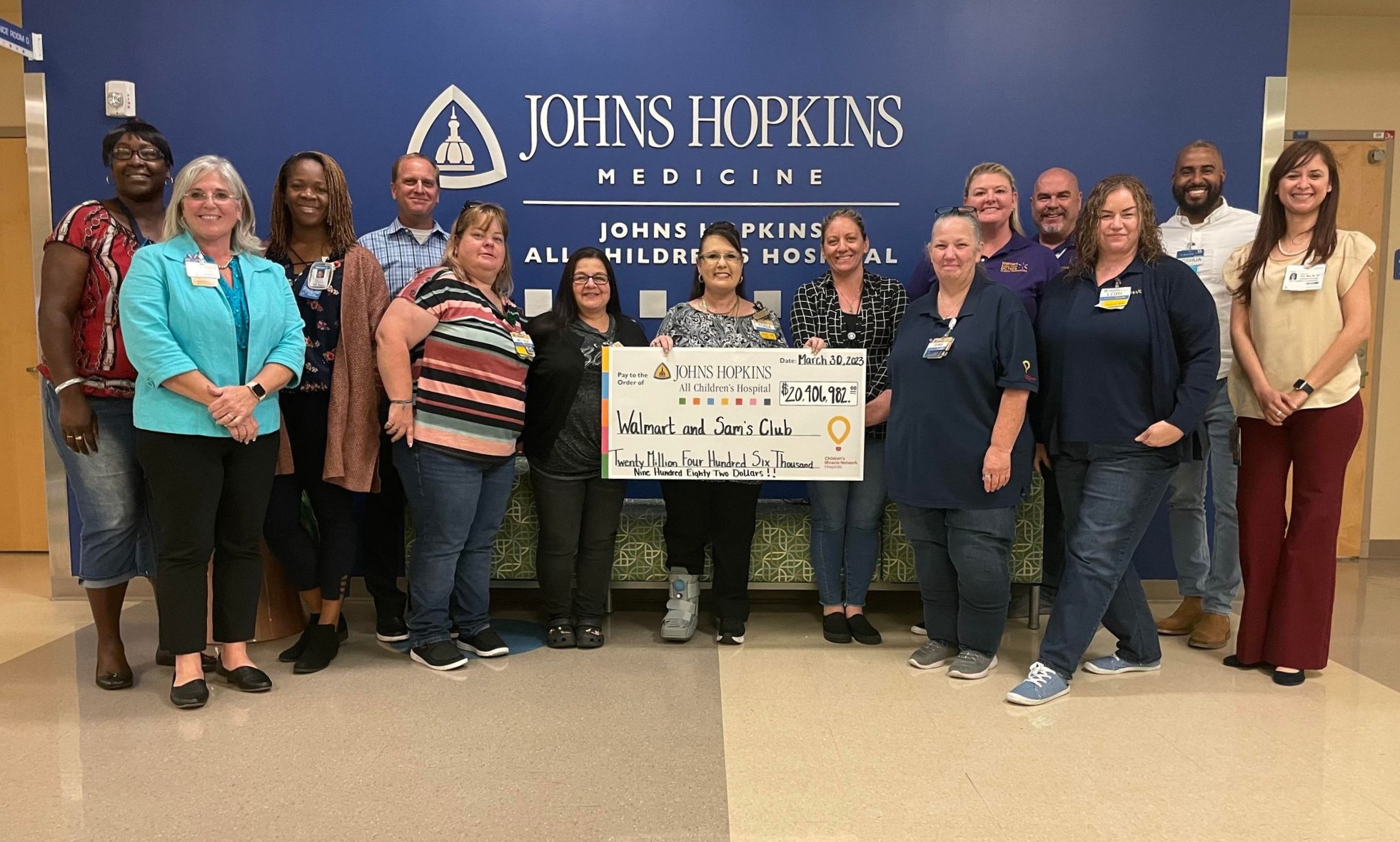Jimmy’s Story: Treating Epilepsy with Laser Ablation Surgery
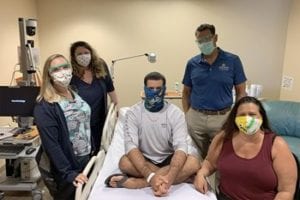
Nineteen-year-old Jimmy from Marco Island loves the outdoors, especially boating and fishing.
But seizures got in the way once or twice a year since 2015.
“I’m always surrounded by the water, and I had a new boat and vehicle, but everything was put on pause,” Jimmy says. “I had to juggle my ability to perform in school, on top of dealing with seizures. It was pretty tough.”
Jimmy sought answers in 2019 at Johns Hopkins All Children’s Hospital, first seeing Carolyn Carey, M.D., a pediatric neurosurgeon, who had operated on him for an unrelated condition when he was 2. She referred him to Jennifer Avallone, D.O., a pediatric epileptologist who in October 2019 evaluated him for secondarily generalized tonic clonic seizures.
“I’m a big guy. I’m 6-4, so there is nothing gentle about my seizures,” Jimmy explains. “And my poor little sister, she’s called 9-1-1 more than anyone probably would in their lifetime.”
One of the scariest moments happened when Jimmy had a seizure during dinner and choked. “Next thing I know, I’m waking up on the floor, there’s an ambulance there and everyone’s around me — there were cops in my house.”
Avallone initiated an epilepsy surgery workup, which is a series of tests to locate where in the brain the seizures were coming from in order to see if a surgical procedure could be an option for treatment. A detailed brain MRI and an admission to the hospital for several days of video electroencephalogram (EEG) monitoring followed. The video EEG showed Jimmy was having subclinical seizures several times per day, far more than the clinical one to two seizures per year that the family saw. Jimmy had prolonged seizures on the EEG, but he appeared normal.
The next step was to further localize the area of the brain that was causing seizures using stereoelectroencephalography (SEEG). This minimally invasive procedure allows electrodes to be placed in the brain tissue rather than the surface of the head using a sophisticated machine called a robotic neurosurgical assistant. In Jimmy’s case, the SEEG yielded highly valuable information, pinpointing where his seizures were coming from in the right frontal lobe of his brain. Due to the location and Jimmy’s anatomy, it was determined that he would be a good candidate for laser ablation surgery.
“We have had the technology for about a year but we were waiting for the right patient,” says pediatric neurosurgeon Luis Rodriguez, M.D. “It’s called laser ablation, and it is used to apply thermal energy to a specific region that we want to treat.”
Jimmy was no stranger to Johns Hopkins All Children’s Hospital. When he was 2 years old, he had a brain cyst that burst, which caused a seizure, a condition unrelated to the seizures in his teenage years. Back then, Carey performed his operation, and she wasn’t going to miss standing by her colleague Rodriguez for this one. The epilepsy team —Avallone, Erasmo Passaro, M.D., and nurse practitioner Kelly Cuffel — took care of the behind-the-scenes steps needed to ensure that the first laser ablation for epilepsy at Johns Hopkins All Children’s ran smoothly.
“Dr. Carey came in on her birthday to do that laser surgery — she scrubbed in to help,” says Jennifer, Jimmy’s mom. “This hospital feels very family-like. We’ve only had great experiences.”
The eight-hour surgery took place after Memorial Day weekend. Though nerve-racking, Jimmy and his family were confident in the team.
Jennifer recalls Jimmy telling the doctors he “felt like a million bucks” shortly after the surgery. Less than a day later, he was able to go home. He continues to take seizure medication and will visit the hospital every three months to be monitored for seizure activity over the next year. “The ablated brain tissue, which was causing the seizures, is left in place, and watched on serial brain MRIs,” Avallone says.
Jimmy has been doing well so far, with only one reported seizure, a vast improvement.
“Talking about this moment is going to make me cry,” Jennifer, his mother, says, getting choked up. “Jimmy just had a permanent grin on his face. He didn’t even want to talk.”
“I was just soaking it in,” Jimmy says.
The goal is for Jimmy to reach six months of being seizure-free, then he might be cleared to drive again. It’s perfect timing as he enters his next chapter of attending vocational school to become a marine mechanic.
“He hasn’t been able to go fishing by himself, but he’s been so positive all his life and deserves to do all that,” his mother says.
And as his follow-up EEGs continue to trend in the right direction, pretty soon, he might be able to.
“It’s very satisfying and exciting to introduce a new technology to our patients and to have it go well the first time around,” Rodriguez says. “You couldn’t ask for more.”
